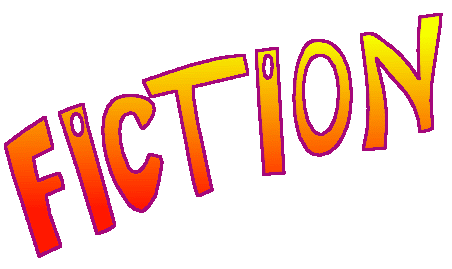
Fiction differs from non-fiction most notably in its lack of highly structured patterns of main idea and support. Instead, it tells a story. And stories, compared to textbooks and essays, are collections of details without directly stated main ideas and supporting ideas to “explain” them.
As a result, to be an effective fiction reader you must pay attention to all the details you encounter and draw conclusions from them. Making such inferences from a story’s details is how you interpret the author’s main idea or theme and understand his/her message.
To make it easier to pay attention to the various types of details a
fiction writer utilizes, literature professors often teach students about
different categories of details or story-telling devices to focus on.
These categories are often called the elements of fiction. The box below
gives brief definitions for the most commonly presented elements of fiction.
|
Plot The order or sequence of the story – how it proceeds from opening through climax. Characterization The personalities or characters central to the story – the heroes, heroines and villains. Identify main characters and their relationship to the struggle or conflict in the plot. Setting The time and place in which the story occurs. This is especially important when reading a historical novel or one that takes you into another culture. Point of View Who is telling the story? Is it one of the central characters giving you flashbacks or a first person perspective? Or is it a third-person narrator offering commentary and observations on the characters, the setting and the plot? Theme The controlling message or subject of the story; the author uses the plot and characters [as well as the other fiction elements] to communicate this moral or idea. pg. 71 How to Study 4th Edition by Ron Fry, Career Press, 1996 |
It is important to remember that a fiction story can not be understood only by looking at discreet categories of details and analyzing them as separate entities. All the elements of fiction work together to create a work of fiction and ultimately an effective fiction reader considers the story as a whole to gain full insight. With this in mind, remember that all stories have beginnings, middles and endings. In the beginning of a story, readers are introduced to characters and settings. As the story progresses, a problem or conflict will be come clear and it will build to a climax, a point of resolution, at the end of the story.
from:
http://www.english.uga.edu/cdesmet/class/engl4830/work/projects/siak/plot.htm
Paying attention to all the elements of fiction as well as the progression
of a story from beginning to end with the noted parts in focus can make
reading fiction a little easier.
Links to other pages with information about elements in fiction: